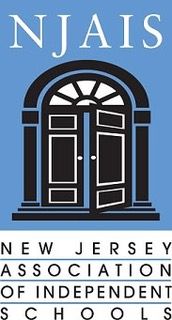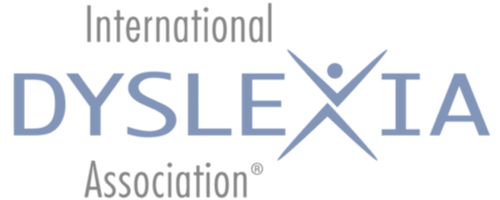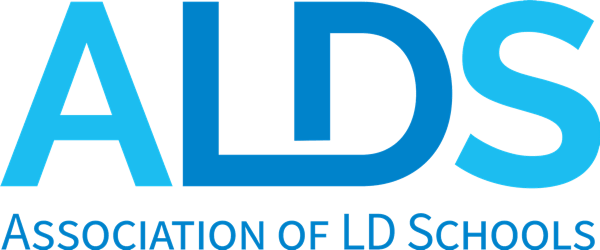Speaking with a language-arts teacher in our lower and middle school, I was reminded of the importance of responsive and student-focused teaching and learning. She spoke about tapping into students’ interests, watching for how students are connecting to their learning, and finding meaningful moments for cross-curricular teaching all while sharing the bigger picture of learning. I could see her light up when sharing her experiences integrating a moment for applied math into a reading fluency activity and helping a student approach a math challenge from a new perspective by playing a game to learn basic math facts during Homework Help. For me, what was exciting, was to listen to a teacher sharing in practical ways the value she places on teacher-student relationships and on respecting and integrating students’ perspectives into her teaching so that she may better understand their needs, preferences, goals, and areas of resistance.
Through an education theory lens, her actions are hallmarks of a student-directed learning approach called, autonomy-supported learning. This is best described as an instructional practice that leans on flexible, reciprocal, positive, and healthy teacher-student relationships and classroom environments to promote student engagement and intrinsic motivation. Just as I wrote last week about teacher-directed learning, like explicit instruction, student-directed learning is equally important to encourage and foster. As my dear friend and retired special education teacher, Steve Horner, once commented to me, “There must be a balanced approach to learning; a balanced person should be the goal. There are times that the student must take control and direct their own learning, the teacher then becomes the facilitator and only intervenes when learning ceases [or] frustration overtakes the student.” We understand that with the constraints of curricular standards and goals, it is not possible to give students full voice and choice in what they learn and how they learn it. However, as educators, we can foster more independent learning and curiosity by tuning into, respecting, and integrating student perspectives into our teaching, just like the example of our language arts teacher above. By doing so we increase student autonomy which then lends itself to boosting the intrinsic motivation of our students. The end result, are students who are more fully engaged at school, who feel more connected to their teachers, and who feel a sense of belonging.
Dr. Kara A Loftin
For more information on ways of giving or to make a donation online you can clicking here.





